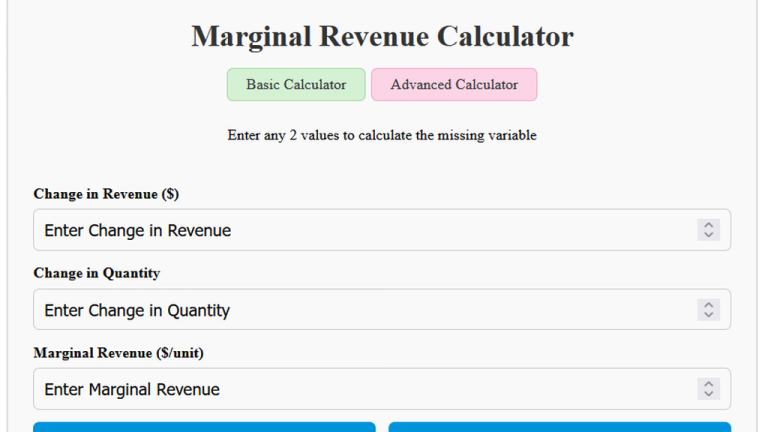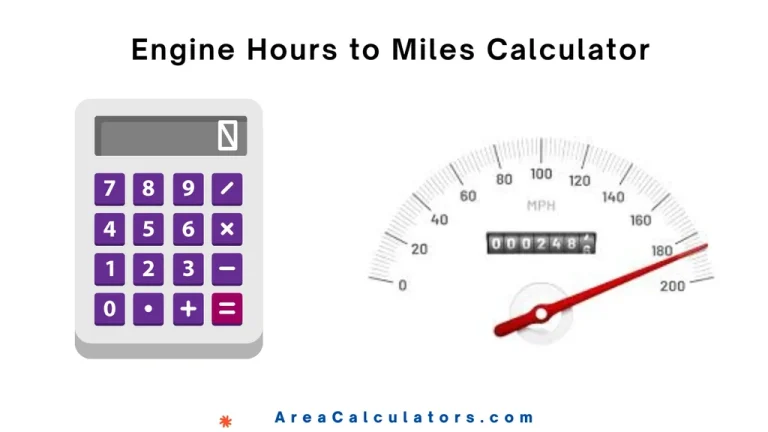Coefficient of Friction Calculator
To calculate the coefficient of friction (u), use the formula: u = F / N
The Coefficient of Friction Calculator has the potential to calculate the frictional resistance between two surfaces. This coefficient plays a crucial role in understanding the forces involved in various types of motion, including sliding, rolling, or even rotational motion.
Whether you’re studying basic physics principles, working on engineering projects, or performing experiments, knowing the coefficient of friction is essential for calculating how two surfaces interact.
Formula
u = F / N
| Variable | Description |
|---|---|
| u | Coefficient of friction |
| F | Frictional force (N) |
| N | Normal force (N) |
Solved Calculations
Example 1:
For instance, if a block exerts a frictional force of 10 N and the normal force acting on the block is 50 N, the coefficient of friction would be:
| Step | Calculation |
|---|---|
| Frictional Force (F) | 10 N |
| Normal Force (N) | 50 N |
| Coefficient of Friction (u) | 10 N / 50 N = 0.2 |
| Answer: The coefficient of friction is 0.2. |
Example 2:
Similarly, if the frictional force is 25 N and the normal force is 100 N, the coefficient of friction is:
| Step | Calculation |
|---|---|
| Frictional Force (F) | 25 N |
| Normal Force (N) | 100 N |
| Coefficient of Friction (u) | 25 N / 100 N = 0.25 |
| Answer: The coefficient of friction is 0.25. |




